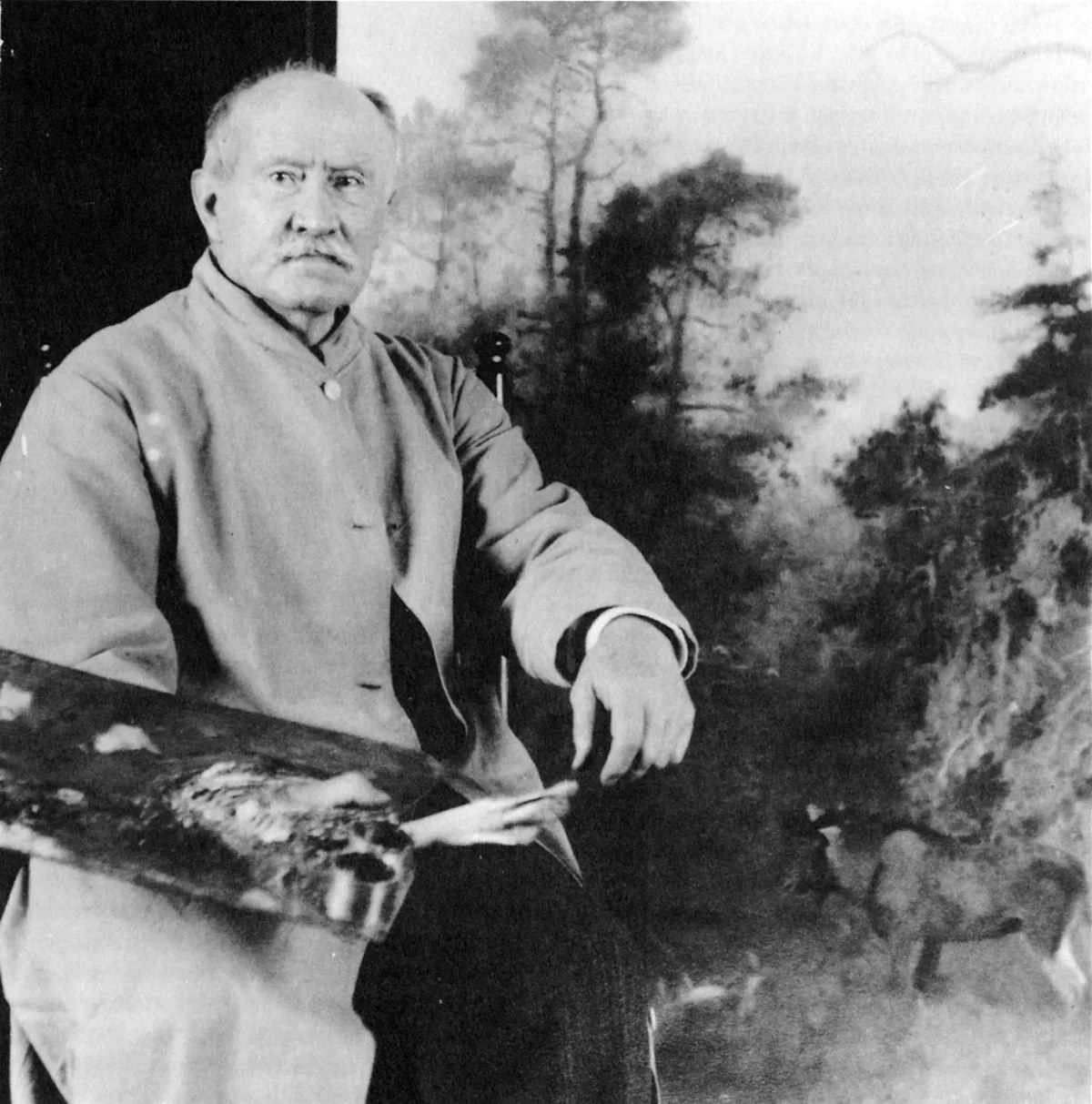 1.
1. Bruno Liljefors is perhaps best known for his nature and animal motifs, especially with dramatic situations.

 1.
1. Bruno Liljefors is perhaps best known for his nature and animal motifs, especially with dramatic situations.
Bruno Liljefors was the most important and probably most influential Swedish wildlife painter of the late nineteenth and early twentieth century.
Bruno Liljefors drew some sequential picture stories, making him one of the early Swedish comic creators.
Bruno Liljefors's brother was the composer and conductor Ruben Liljefors.
Bruno Liljefors first studied at Katedralskolan for six years and then pursued further education at the Swedish Royal Academy of Fine Arts from 1879 to 1882.
Bruno Liljefors received inspiration from the Scandinavian artist colony in Grez-sur-Loing.
Bruno Liljefors was a resident of Uppsala, until the summer of 1894 when he sought out the Stockholm archipelago.
Bruno Liljefors established a studio in Osterbybruk where he lived and worked between 1917 and 1932.
Bruno Liljefors was often short of money and in 1925, he suffered a facial neuralgia with severe pain.
Bruno Liljefors died in 1939 and was buried at the Uppsala old cemetery.
Bruno Liljefors is held in high esteem by painters of wildlife and is acknowledged as an influence by, for example, American wildlife artist Michael Coleman.
All his life Bruno Liljefors was a hunter, and he often painted predator-prey action, the hunts engaged between fox and hare, sea eagle and eider, and goshawk and black grouse serving as prime examples.
Bruno Liljefors was fascinated by the patterns to be found in nature, and he often made art out of the camouflage patterns of animals and birds.
Bruno Liljefors particularly loved painting capercaillies against woodland, and his most successful painting of this subject is the large-scale Capercaillie Lek, 1888, in which he captures the atmosphere of the forest at dawn.
Bruno Liljefors was influenced by Japanese art, for example in his Goldfinches, painted in 1889.
Bruno Liljefors's work was part of the painting event in the art competition at the 1932 Summer Olympics.
Bruno Liljefors amassed a collection of animals to act as his living models.
The greatness of Bruno Liljefors lay in his ability to show animals in their environment.
Nevertheless, Bruno Liljefors was a pioneer at a time when wildlife art was still emerging from its association with scientific depiction and taxidermy.
Bruno Liljefors set a standard of identification with the landscape that substantially influenced the development of wildlife art in the twentieth century.